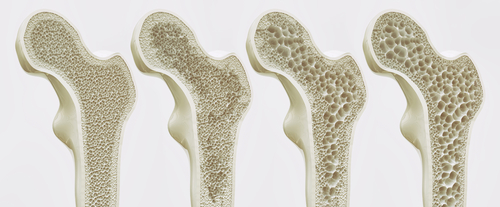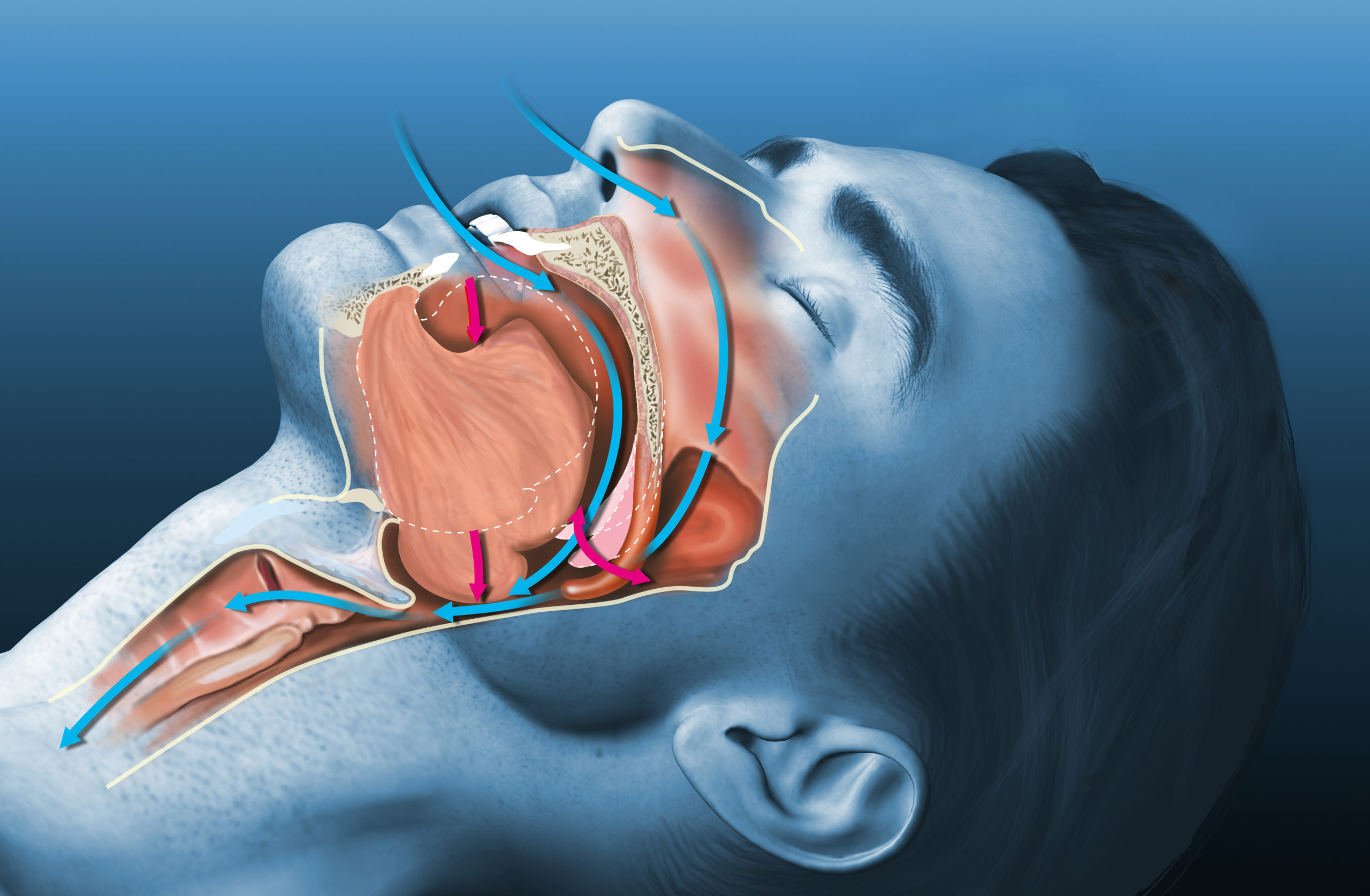
A study published as part of the American College of Rheumatology Annual Meeting found that men who experience a fracture are underdiagnosed with and undertreated for osteoporosis.
Approximately one-quarter of patients with fractures are male, and emerging evidence suggests worse outcomes related to osteoporotic fractures in men compared with women.
Researchers assessed Medicare fee-for-service (FFS) beneficiaries with a closed fragility (or osteoporosis-related) fracture between January 1, 2010, and September 30, 2014. Eligible patients (n=9,876) were ≥65 years at the index date and had continuous enrollment in Medicare FFS with medical and pharmacy benefits for a minimum of one year prior to the index date through at least one month after. Patients with Paget’s disease or malignancy (except for non-melanoma skin cancer) at baseline were excluded.
More than half of patients (61%) were ≥75 years, and 90.3% were white. Fewer than 6% had undergone bone mineral density testing with dual-energy X-ray absorptiometry (DXA) in the two years prior to their fracture.
Many patients (62.8%) had a history of musculoskeletal pain, and 48.5% had a history of opioid use one year prior to index fracture. The most commonly observed fracture sites were spine (n=3,060; 31.0%), hip (n=2,759; 27.9%), and ankle (n=965; 9.8%).
Among patients with a fracture, approximately 92.8% (n=9,163) did not have a claim for diagnosis or treatment of osteoporosis at baseline; 2.8% (n=279) were diagnosed but not treated, 2.3% (n=227) were treated but not diagnosed, and 2.1% (n=207) were diagnosed and treated. Between 2012 and 2014, researchers observed a trend in declining DXA scans—from 6.3% to 5.5% in patients aged 65 to 69 years and from 4.7% to 4.0% in patients aged 70 to 74 years; this was especially pronounced in patients aged ≥75 years, decreasing from 6.0% to 4.3%.
“Further documentation of cost of illness following an osteoporosis-related fracture, including identification of drivers of high costs and earlier identification of high-risk patients who may benefit from more targeted screening and osteoporosis therapies, will be of value,” the researchers concluded.







 © 2025 Mashup Media, LLC, a Formedics Property. All Rights Reserved.
© 2025 Mashup Media, LLC, a Formedics Property. All Rights Reserved.